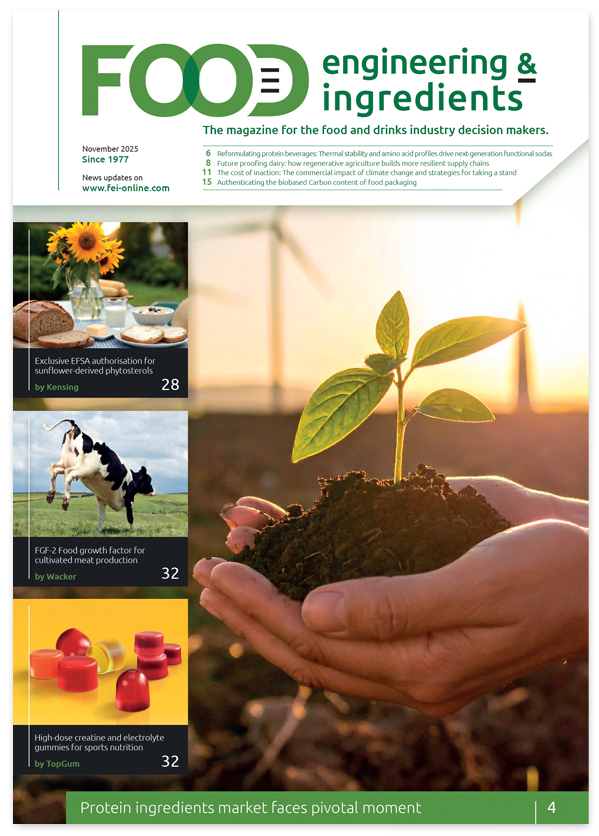Sulfites: safety concern for high consumers, but data lacking
Dietary intakes of sulfites could be a safety concern for high consumers of foodstuffs that contain the additives, European Food Safety Authority experts concluded in their updated assessment of sulfur dioxide (E220) and sulfites (E221-228). Gaps in toxicity data meant the extent of certain adverse health effects could not be confirmed.
Sulfite occurs naturally in our bodies as well as in foods such as apples, rice, onions and cabbage, and beverages such as wine.
Sulfites are added as preservatives and antioxidants (for example, to prevent browning) to a range of foodstuffs including dried fruit and vegetables, potato-based products, beer and malt beverages, wine, and fruit juices. They may also be used to halt on-going fermentation during the winemaking process.
Dr Maged Younes, Chair of European Food Safety Authority’s (EFSA) Panel on Food Additives and Flavourings, commented: “The available toxicity data was insufficient for us to derive an Acceptable Daily Intake (ADI) level. Instead, we calculated margins of exposure (MOE) considering dietary intakes and the dose associated with neurotoxic effects in animal tests.
“An ADI is a threshold below which we know the daily intake is safe. When there is evidence of harmful effects but not enough for us to confirm how much is safe, the MOE tells us if current intakes are likely to be harmful.” The MOE is a ratio between the lowest estimated dose at which an adverse effect is observed and the level of exposure to the substance. In the case of sulfites, a ratio below 80 could indicate a safety concern.
Exposure for high consumers
Dr Matthew Wright, Chair of EFSA’s working group on sulphur dioxide-sulphites, said: “The MOEs we calculated were below 80 for high consumers in all population groups except for adolescents. This means that estimated intakes for these consumers potentially exceed what would be considered safe, by up to 12.5% for children (3-10 year olds) and up to 60% for adults.”
The Panel found evidence of adverse health effects on the central nervous system such as a delayed response of nerve cells to stimuli, an early sign of nervous system dysfunction.
EFSA’s scientists also restated their previous recommendation to further investigate hypersensitivity or intolerance among some sensitive consumers due to knowledge gaps.
Background
In 2016, EFSA re-assessed the safety of sulfites as part of the re-evaluation programme for food additives authorised in the EU before 20 January 2009.
At the time, the Panel set a temporary group ADI of 0.7 milligrams per kilogram of body weight per day pending the availability of new data required for concluding on their safety.
Although the European Commission launched a call for data to address the uncertainties described in EFSA’s previous re-evaluation, the information provided by industry and available in the open literature were insufficient to establish an ADI.
The European Chemicals Agency (ECHA) has evaluated sulfur dioxide separately under the EU’s Biocidal Products Regulation in particular regarding its use in the disinfection of wine barrels and as a pre-servative to prevent microbial growth in shoe-boxes during storage and transport.
Scientific resources
Follow-up of the re-evaluation of sulfur dioxide (E 220), sodium sulfite (E 221), sodium bisulfite (E 222), sodium metabisulfite (E 223), potassium metabisulfite (E 224), calcium sulfite (E 226), calcium bisulfite (E 227) and potassium bisulfite (E 228)
https://www.efsa.europa.eu/en/efsajournal/pub/759



